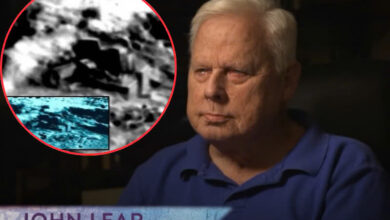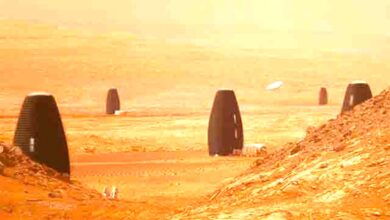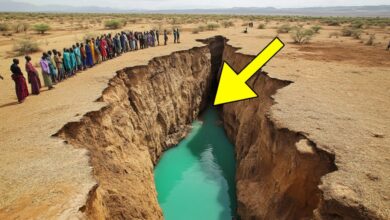Voyager 1’s Latest Data Reveals Something Massive Happening in Deep Space Right Now
Voyager 1’s Latest Data Reveals Something Massive Happening in Deep Space Right Now
Launched by NASA over 45 years ago, Voyager 1 continues to astonish scientists with its durability and contributions to space exploration. Originally designed for a five-year mission, this trailblazing spacecraft has far surpassed expectations, venturing into uncharted regions of the universe. However, recent data transmissions from Voyager 1 have left even NASA’s brightest minds puzzled, sparking theories that range from technical anomalies to extraterrestrial interference. Could the spacecraft truly be under alien control? Let’s explore the captivating mystery behind these enigmatic signals.
The Origins of Voyager 1’s Mission
In August 1977, NASA launched the Voyager program, deploying two nearly identical spacecraft, Voyager 1 and Voyager 2. Their primary mission was to study Jupiter and Saturn, with Voyager 2 continuing to Uranus and Neptune. By leveraging a rare planetary alignment, NASA ensured these spacecraft could efficiently explore the outer solar system with minimal course corrections. Despite being launched after its twin, Voyager 1 overtook Voyager 2 by December 1977 due to its optimized trajectory.
Throughout its mission, Voyager 1 achieved groundbreaking milestones. It captured over 4,000 images of Jupiter, revealing the planet’s ring system and two previously undiscovered moons. Its next target, Saturn, brought even more discoveries, including four new moons and detailed photographs of the planet’s iconic rings. After completing its primary objectives, NASA directed Voyager 1 towards interstellar space, leaving Voyager 2 to explore the ice giants.
The Journey Beyond the Solar System
In 1990, Voyager 1 captured the first-ever “family portrait” of the solar system, including the iconic image of Earth as a “Pale Blue Dot.” Shortly after, NASA turned off its cameras to conserve power, marking the end of its photographic contributions. By 1998, Voyager 1 surpassed Pioneer 10 to become the farthest man-made object from Earth.
In 2012, it made history by crossing the heliopause, the boundary marking the edge of the solar system, and officially entered interstellar space—a feat NASA confirmed in 2013. Despite its age, Voyager 1 continues to send valuable data back to Earth, traveling at an astonishing speed of over 61,000 kilometers per hour.
The Mystery of the Eerie Signals
Recently, Voyager 1 has begun transmitting data that has baffled scientists. The signals are often unintelligible, and the spacecraft appears to have lost awareness of its precise location. Yet, it maintains steady contact with Earth, and its systems seem to be functioning normally. This paradox has fueled speculation, including theories about alien interference.
Onboard Voyager 1 is a gold-plated disc containing sounds, images, and greetings in 55 languages—a message intended for extraterrestrial civilizations. While NASA has debunked the idea that aliens are controlling the spacecraft, the mystery of the unusual signals remains unsolved.
Challenges in Communicating with Voyager 1
As Voyager 1 drifts further from Earth—currently over 23.6 billion kilometers away—communication becomes increasingly difficult. Signals now take approximately two days to travel between the spacecraft and NASA’s ground stations, making real-time troubleshooting nearly impossible. Furthermore, no technology currently exists to repair or retrieve Voyager 1 in its distant location.
Despite these challenges, NASA is optimistic about resolving the current issues. Voyager 1 continues to provide invaluable insights into the cosmos, proving its resilience against the harsh environment of interstellar space. However, its mission will inevitably come to an end as its power supply dwindles, leaving humanity to wonder about the secrets it has yet to uncover.








